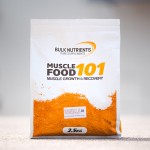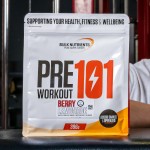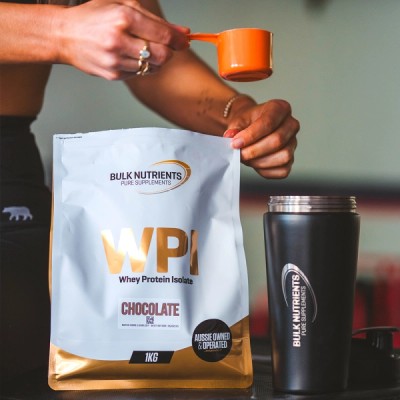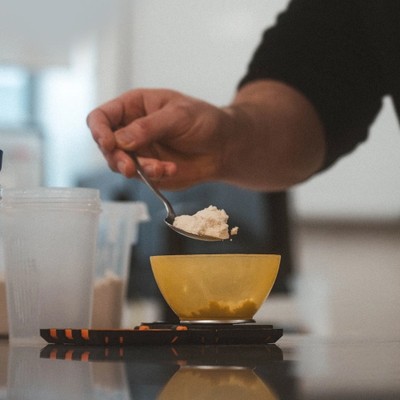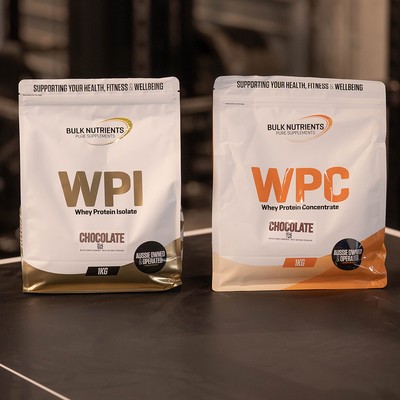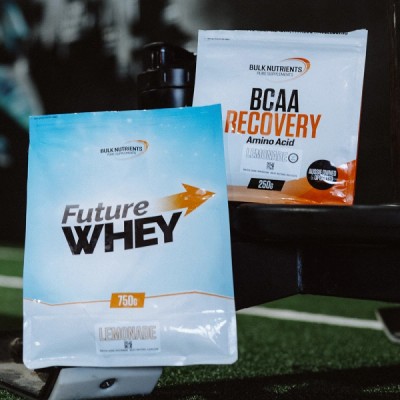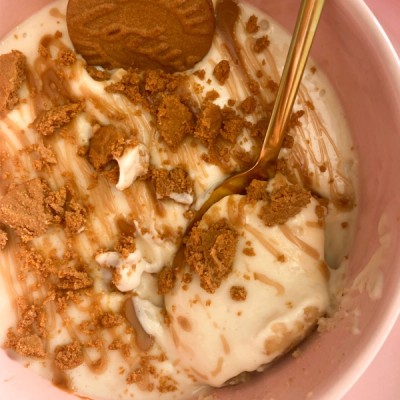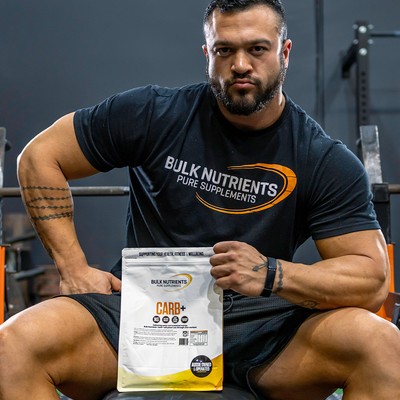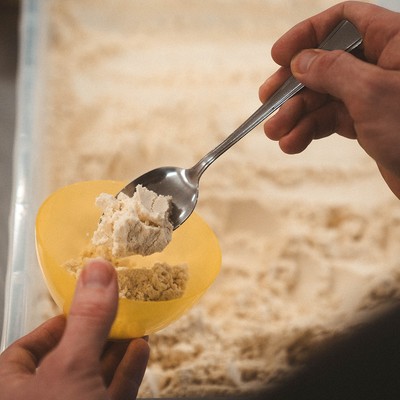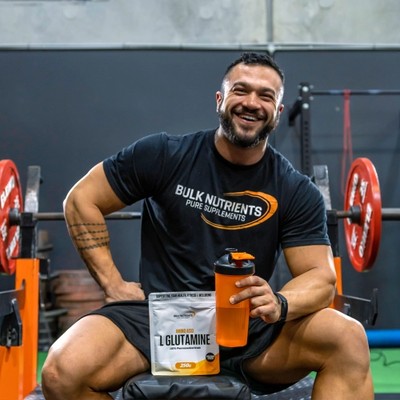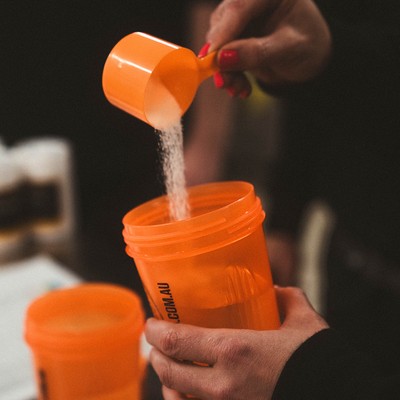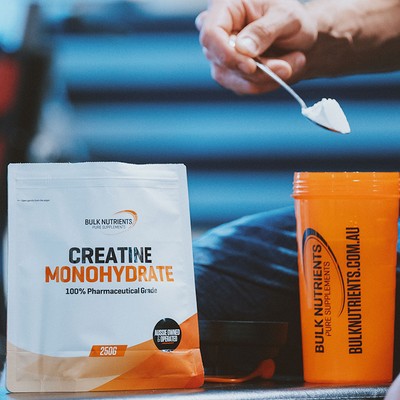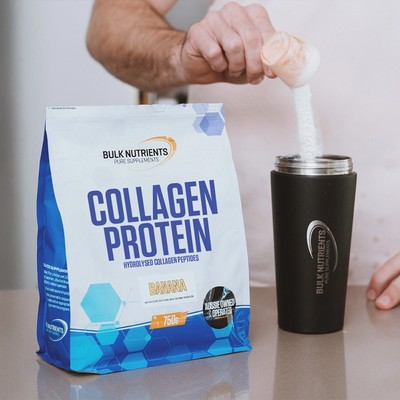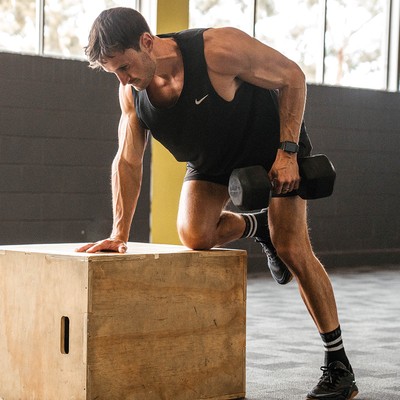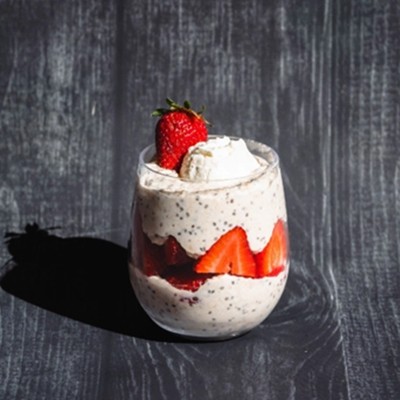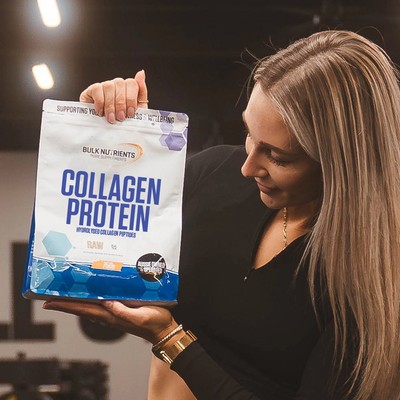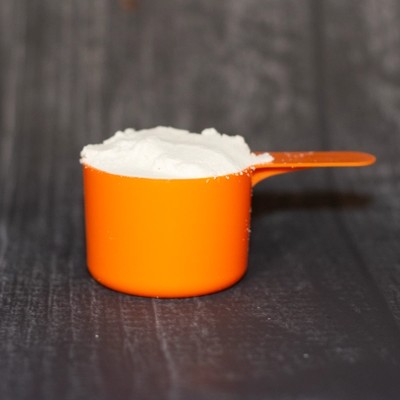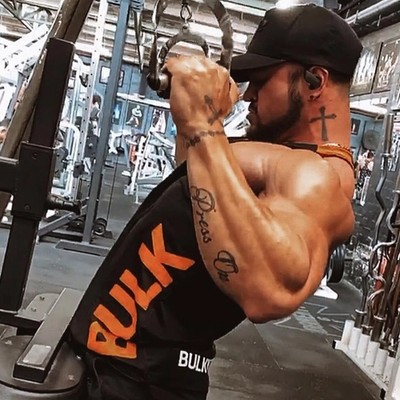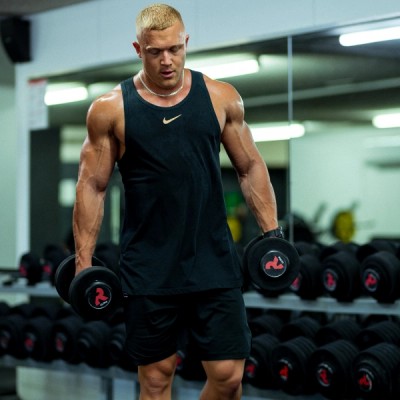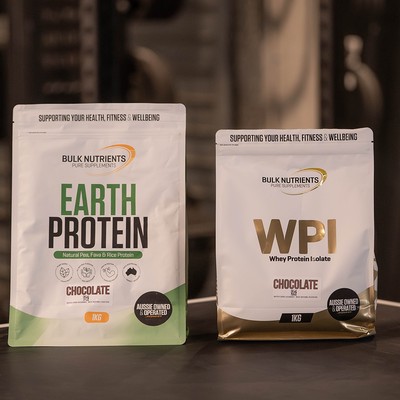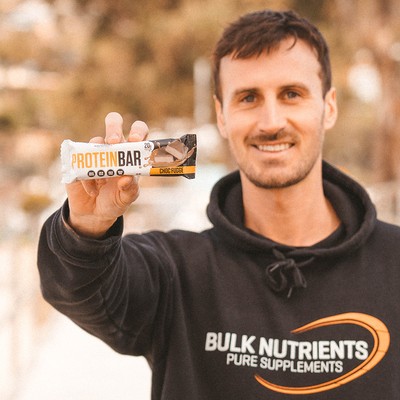Experienced Lifters Can Grow More Muscle With Tri-Sets

Tri-sets for more muscle growth?
Tri-set training involves doing three consecutive sets of the same or different muscle groups with limited rest.
But this featured study focused on examining three consecutive sets for the SAME muscle group for the first time.
The research looked at performance and acute muscle responses for a traditional training approach (resting between sets) and tri-set training in the context of chest exercises.
The 18 subjects in their 20s and 30s with resistance training experience did the following:
- Traditional training group: Three chest exercises with a rest period in between
- Tri-set group: Did one chest exercise followed by a rest period of fewer than ten seconds.
Here’s what was measured:
- Pectoralis major muscle swelling (the “pump”)
- Volume load
- Internal training load (physiological and psychological stress experienced by the subject).
- Training efficiency
So, what did they find?
The tri-set training group elicited lower volume load, but larger values of muscle swelling, internal training load, and training efficiency.
The researchers concluded:
“…the adoption of a tri-set training protocol may induce distinct performance and morphological acute responses compared to traditional training, suggesting that resistance-trained subjects may experience a higher muscle swelling and intensity of effort with short time commitment when performing trisets.”
Pretty cool, huh?
If you’ve been training for a while, then you can create fresh trauma to your muscles by performing tri-sets, and with lesser time! It will also feel a lot more challenging, too.
So, what does this look like in practice?
Let’s say your current chest workout is:
- 5 x barbell bench press
- 5 x seated chest press (hammer strength)
- 3 x cable flies
- 2 x dips
You could try:
- 3 x barbell bench press (straight into) seated chest press (straight into) dips (less than 10-second rest between sets)
- 2-4 minutes rest, and then into
- 2 x seated chest press (straight into) cable flies (straight into) push-ups on the floor.
This new tri-set workout is 15 sets, the same as your “traditional” chest workout.
But it would take far less time. And if we’re to hang our hat on the research, be better for further muscle adaptation, too.
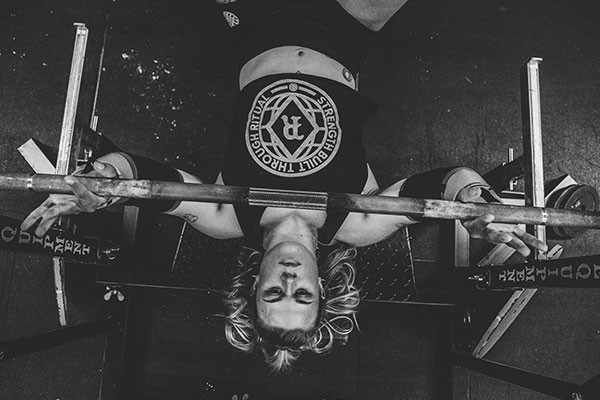
Why are tri-sets effective?
As we become more experienced in the gym, it becomes harder for our muscles to keep growing. So we must test our muscles in ways we haven’t before.
The three principles of muscle growth are:
- Mechanical Tension
- Metabolic Stress
- Muscle Damage
Because tri-sets increase total muscle work in a short amount of time, this means we experience more mechanical tension; principle number one.
Mechanical tension refers to generating as much muscle power as you can complete with a challenging weight and good form.
And you can do this by bench pressing at your 4-rep max, or as we’ve learnt, performing tri-sets to keep the mechanical tension torch burning.
Moreover, a larger muscle “pump” is associated with the activation of integrin, a membrane protein that triggers intracellular muscle growth activity, and reduces muscle wastage processes, accompanied by increased muscle protein synthesis!
Now that’s a lifter’s dream!

Getting mechanical tension right: don’t lift too heavy
A lot of people get mechanical tension wrong – it isn’t loading up the bar and going for 1 or 2 reps.
A recent study found that muscle activity maxed out at 90% of maximal muscle output. So in order to maximise mechanical tension, lifting at 80-90% of your one-rep max is ideal.
Lifting 100% of your maximum weight can call upon other muscle groups, which isn't what you want.
Lifting at 80-90% of your one-rep max will mean roughly 3-5 reps for the experienced gym-goer, which maximises the time under maximum tension.
But those just getting started in the gym will want to try for around 6-12 reps. This is because your form can get a little scratchy when the weight gets heavier, as the muscle group being worked on and the surrounding stabiliser muscles aren't yet conditioned.
Researchers suggest the other way you can maximise mechanical tension is by adopting strategic pauses. You can do this at the bottom of bicep curls, the end range of a hip thrust, or at the bottom of a bench press rep.
The bottom line on tri-set training
Tri-set training is effective for increasing muscle growth when we’re experienced lifters; growth becomes harder once we’ve had a significant amount.
When compared to the traditional training of resting between sets, tri-set training elicits lower volume load, but larger values of muscle swelling, internal training load (physiological and psychological stress experienced by the subject), and training efficiency.
Experiment with tri-set training once your routine is getting “stale”, and you feel like your muscle gains have plateaued.

Dayne Hudson
Like many, Dayne was once desperate to lose weight and get into shape. But everyone he asked, everything he read, lead to the same place... nowhere.
His journey started there - researching science journals and completing a Sports Nutrition Specialist qualification so he could make weight loss easier.
References:
- Ahtiainen JP, Pakarinen A, Alen M, Kraemer WJ, Häkkinen K. Muscle hypertrophy, hormonal adaptations, and strength development during strength training in strength-trained and untrained men. Eur J Appl Physiol. 2003;89(6):555–63.
- DE Camargo JBB, Zaroni RS, Júnior ACT, et al. Tri-Set Training System Induces a High Muscle Swelling with Short Time Commitment in Resistance-Trained Subjects: A Cross-Over Study. Int J Exerc Sci. 2022;15(3):561-569. Published 2022 Apr 1.
- Pinto R.S., Cadore E.L., Correa C.S., Cordeiro da Silva B.G., Alberton C.L., Lima C.S., Carlos de Moraes A. / MedicinaSportiva 17 (1): 1-6, 2013
- Schoenfeld BJ. The mechanisms of muscle hypertrophy and their application to resistance training. J Strength Cond Res. 2010 Oct;24(10):2857-72. doi: 10.1519/JSC.0b013e3181e840f3. PMID: 20847704.
- Wackerhage H, Schoenfeld BJ, Hamilton DL, Lehti M, Hulmi JJ. Stimuli and sensors that initiate skeletal muscle hypertrophy following resistance exercise. J Appl Physiol. 2019;126(1):30–43.
